Sustainable Design Requires Flexibility.
This year, two iconic Louis Poulsen products celebrate their 40th and 60th anniversaries respectively. This can only happen because the design uniquely follows the times and technological development.
At Louis Poulsen, Challenges are Addictive.
Technological development takes new steps every day, and in some cases even big ones. Products that were considered top-performing a year ago may already be lagging behind the following year. Within the lighting industry, the last 3 decades have offered several challenges and initiatives in the realm of energy optimization. Primarily, the focus has been on reducing energy consumption – in some cases resulting in poor quality of light.
The Danish lighting manufacturer Louis Poulsen is probably the manufacturer who can muster the most design classics in both indoor and outdoor lighting. The requirements for the company have therefore been to constantly update its products to meet the efficiency requirements of the time while maintaining the high quality of light that is part of the company’s trademark. From the very beginning, the human perception of light and well-being in artificial light have been part of Louis Poulsen’s production process.
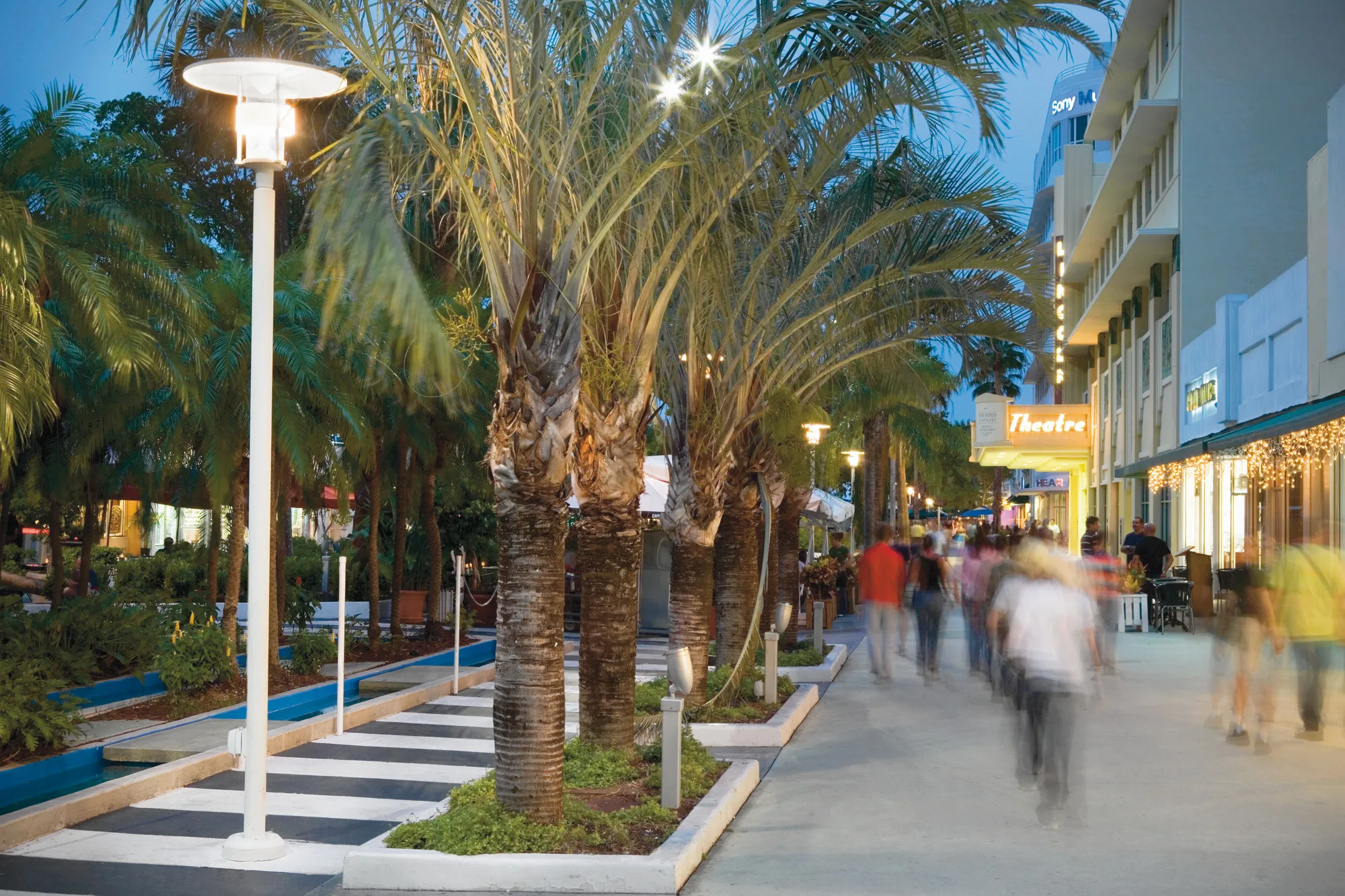
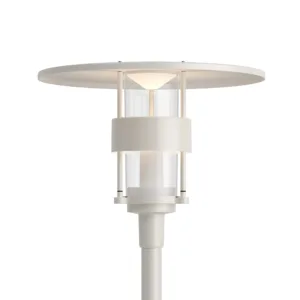
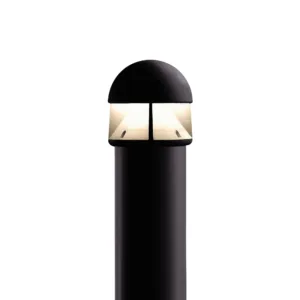
Long-Lasting Design Must Be Sustainable.
A design can be long-lasting without being sustainable. For Louis Poulsen, sustainability has been a topic in the production process long before it became a concept. For the company, the design is not just a form, but simply part of the product’s identity and function. The vast majority of designs from Louis Poulsen actually stem from the functional approach to the product and the fulfillment of these requirements.
The majority of the company’s products are made by architects and their sense of the dimensions of space, whether outside or inside, has also left significant human imprints on the products. The aesthetics comes from consideration for the surroundings, which has meant that the company’s products have a distinctly minimalist design, and thus the great adaptability that the products individually have.
The demands of the environment, especially climatic, have always meant that the products are manufactured with a great focus on quality and durability. The requirement for e.g., an outdoor product, was that it should be able to function for at least 15 to 20 years.
Albertsund Post Top – 60 Years and Still Beautifully Effective.
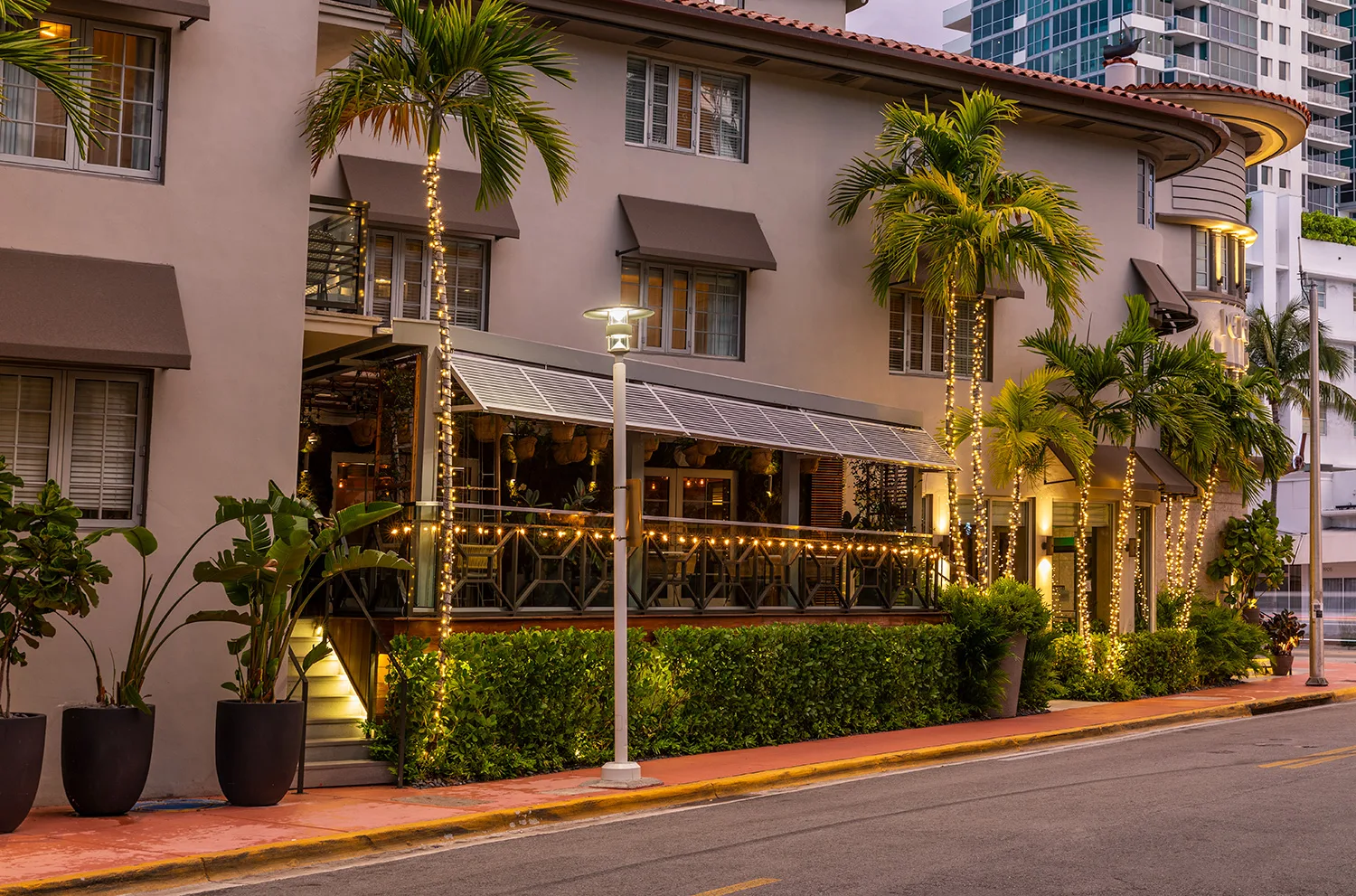
The Albertslund lamp, which was designed in 1963 by Jens Møller-Jensen for a new and visionary residential area in the suburb of Albertslund in Copenhagen, is a brilliant example of sustainable design. The design is simply functional, which can be described as well and constructively thought out. Light is the starting point, and in 1963 it was the incandescent lamp that was the starting point. The round ring, which was simply called the anti-glare ring, ensured that people were not blinded by the filament of the incandescent lamp, and today it functions as shielding of the light source’s strongest radiation. The large top screen ensures a soft and pleasant sound distribution downwards, and at the same time it effectively shields the light from the night sky.
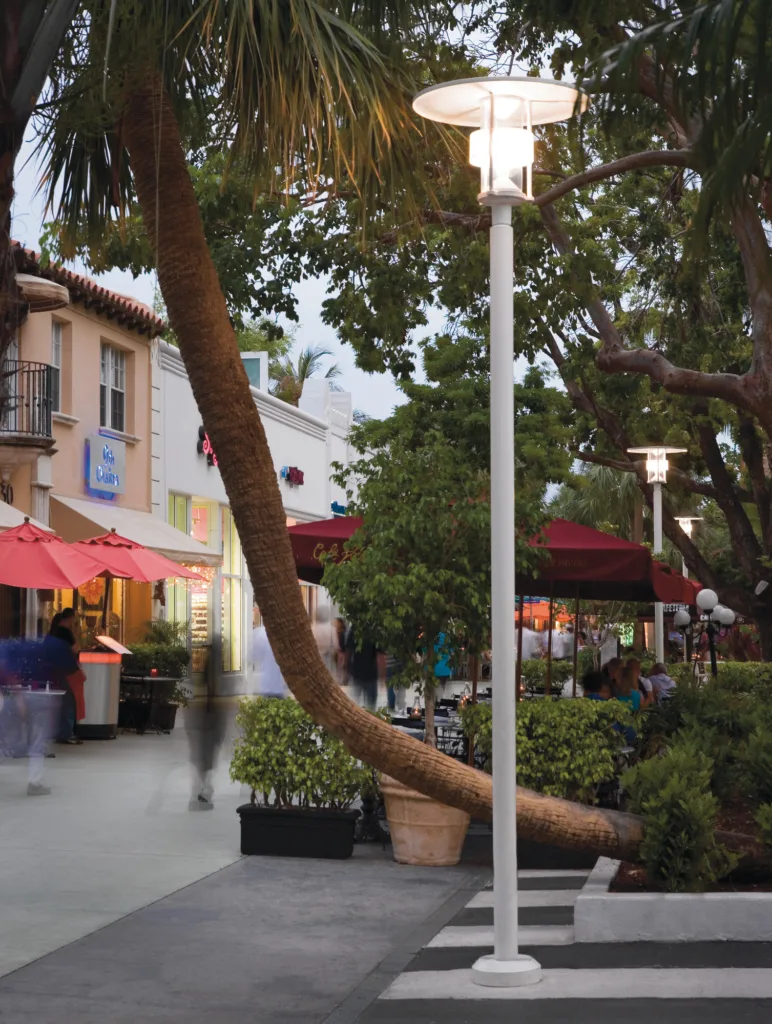
Albertslund Post Top has been sold to projects all over the world and was also the occasion for Louis Poulsen to set up a subsidiary in the USA, as the large project on Lincoln Road in Miami Beach required representatives from Louis Poulsen to be present on the project. The start of a long and exciting adventure for the Danish company in the American market. Initially installed in 1994, these post tops have stood the test of time in the face of hurricanes, high temperatures, humidity, and sea water. In 2023, The City of Miami Beach, is upgrading the existing lights to smart city lights with newly installed energy-efficient LED light sources, security cameras and features, while maintaining the original post tops.
Waterfront – Created to Withstand the Elements.
Dan Borgen Hasløv’s Waterfront also celebrates its 40th anniversary this year. Waterfront is a bollard that, when you see it, makes you unable to tell how old the design is. It is, if anything, compatible with the term timeless – and also an exponent of what can be described as perfectly functional design.
Waterfront was created for harbor areas, and therefore the light is specially adapted to maritime regulations, which, obviously, are made for practical reasons. And this practice has just turned Waterfront into a multi-purpose lighting tool.
The design is calm and perfectly balanced. The shapes are round and pleasant, a functionality that means that you “don’t hit it” when passing, neither physically nor mentally. It is friendly in its design, and therefore it also appears with a chameleon-like presence in all kinds of architecture, just as it adapts in a friendly and calm way to the surroundings in everything from the fine to the rustic park.
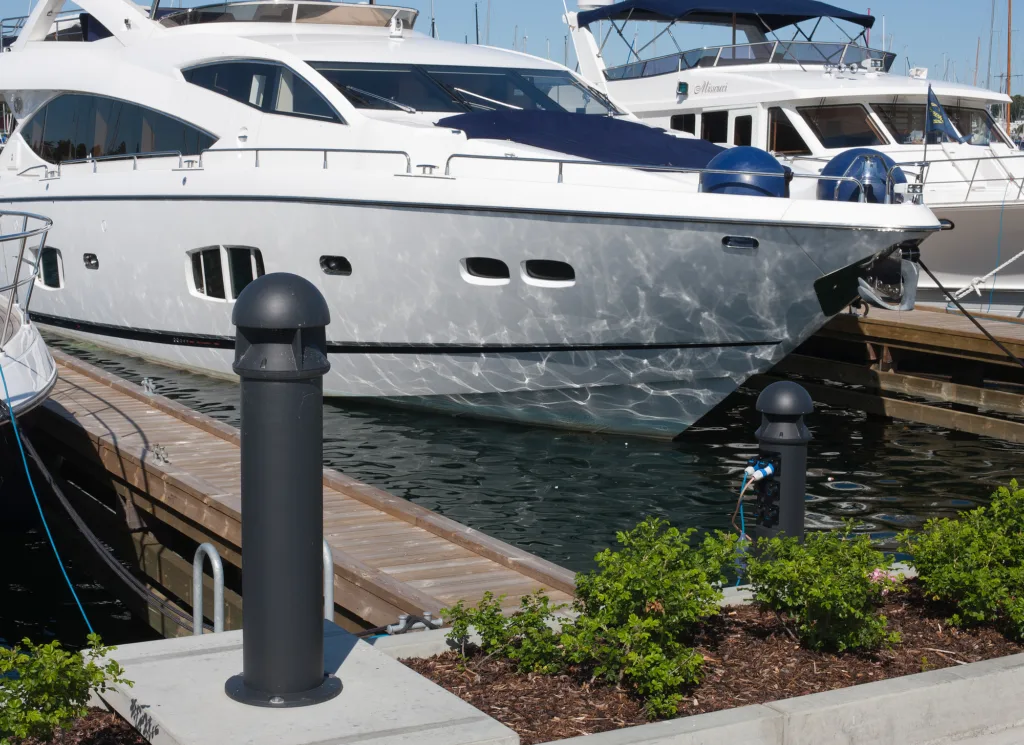

Waterfront is designed for rough locations. Harbor areas in the Nordics are exposed to the weather’s merciless treatment, and one can safely say that the Waterfront is tested by Nature, rarely has a lighting product been challenged so much! And withstood it. That is why it is still here and will be here tomorrow. Long lasting material life combined with an aesthetic design ensures a long existence, and now the 40-year mark is passed. Technologically, the continuous adaptation has made Waterfront stand in many projects all over the world, but also that it lights up in a pleasant way that creates both security and atmosphere.

